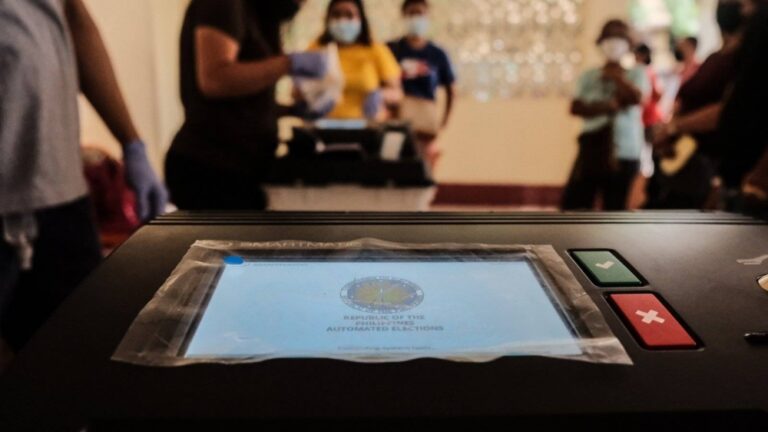
BACK in May 2022, the Commission on Elections (Comelec) declared that the vote counting machines (VCMs) used in the last national and local elections would be retired. The same set of machines were used in two previous national electoral exercises, in 2016 and in 2019.
The declaration, however, does not mean that Comelec will discard the same underlying technology. The underlying technology used in the VCM and its predecessor, the precinct count optical scan (PCOS), is the optical mark recognition (OMR) technology.
Considering that the electorate has learned and has gotten accustomed to using the VCM, the Comelec may still stick with the same underlying technology for the voting system.
The issue, however, is that the technology or at least its implementation has been non-transparent. All the processes from ballot reading, vote recording, vote counting, the preparation of the electoral returns to transmission of election returns are hidden in a black box called the VCM. The rules for appreciating the ballot, too, have not been fully explained to the public except for instructions that the voter fully shade the oval before the name of the candidate.
There have been reports that some voters found the voter verifiable paper audit trail (VVPAT), colloquially referred to as “resibo,” did not match the selections that they made in their ballots. There are two possible reasons when this occurs.
One is the possibility that the voter may have over-voted a position. An over-vote means that the voter may have shaded more ovals than is allowed for a particular position. An over-vote leads to all votes for the affected position being considered stray and not counted.
The second is that the voter may not have fully shaded the oval before the name of a candidate of his choice which will cause the machine to not count the vote, even if such under-shading indicates the intent of the voter. The rule implemented with the VCM is any shade that falls below the 25 percent threshold shall not be counted as a valid vote. The 25 percent threshold refers to the amount of shade within the oval, that is, if less than one-fourth of the oval is shaded, the shade will simply not be considered a valid vote.
The random manual audit teams faced the challenge of checking if the marks on the ballot met the 25 threshold requirement. Visually, it would be close to impossible to determine if a shade in the oval met the required threshold.
Why the complicated and difficult rules? It would be best if the rules were simplified and uncomplicated.
Before the Comelec considers the reuse of the OMR-based voting and vote counting technology or any other technology, it must first define a set of standards for voting machines. The voting machine standards may be used to identify specific voting machines and technologies for use in our elections. The same set of standards may be used to evaluate the performance of the voting machines. These may include standards on functionality, security, auditability, privacy, usability and accessibility.
Let’s first take a look at what a voting and vote counting machine should be able to do:
– It must allow the voter to make his choices freely.
– It must allow the voter to review his or her votes and allow the voter to change his or her vote.
– It must be able to record all votes as cast by the voter.
– It must be able to notify the voter that he or she has made more choices than is allowed for a particular position.
– It must be able to notify the voter that he or she has not yet filled the required number of choices for a particular position.
– It must be able to count the votes accurately.
The OMR-based VCM has not met the requirement of allowing a voter to review his ballot. The VVPAT is the mechanism that will supposedly allow the voter to review his selections, notify the voter if he has shaded more ovals for a particular position than is allowed for that position, and notify the voter if he has not filled the required number of choices for a particular position. By the time the VVPAT is printed, however, the ballot has been cast and the voter can no longer change or correct his votes.
The 25 percent threshold rule and the voting machine determination if a voter has over-voted or under-voted are far too complicated processes. It would be a challenge to explain these rules to the sorbetero or the ambulant vendor or man in the street.
To meet the standard of recording all votes as cast and counting the votes accurately, the principle of public counting of votes must be met. Before the automation of voting and vote counting in our elections, counting of the votes was done in the open. Watchers and observers were able to see how each ballot was read, how each vote was recorded and tallied, how the election returns were prepared, and how the election returns were conveyed to the board of canvassers. These processes have all been taken over by the machine. A return to transparency of the vote counting process is called for and this can be done by defining the standards on how to meet this requirement.
(To be continued on Wednesday, Nov. 2, 2022)
